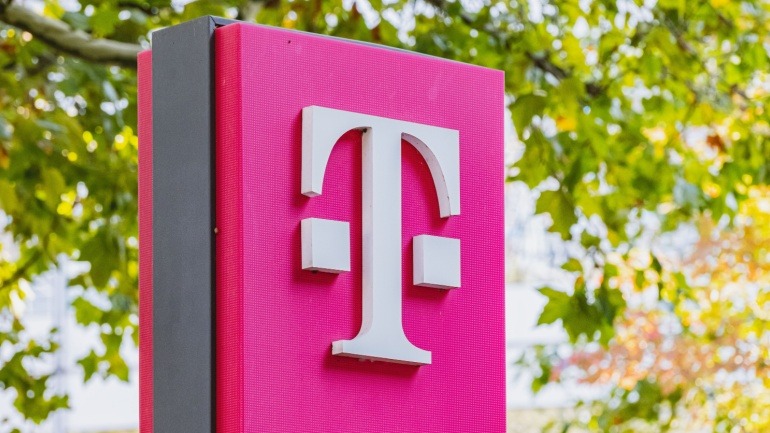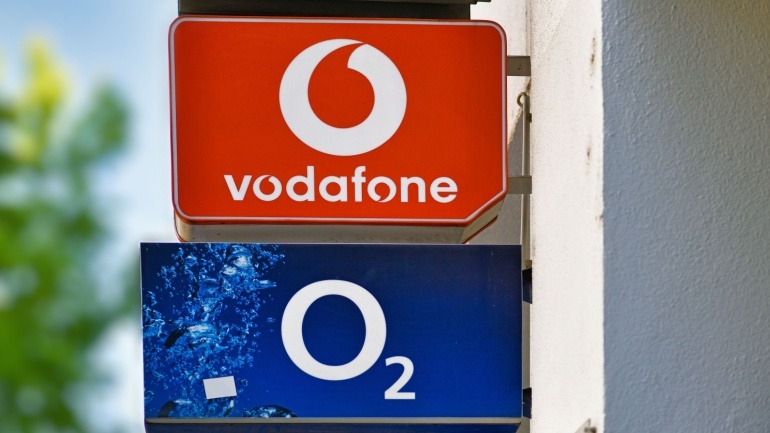Navigating the complex landscape of telecom API integration, particularly with standards like CAMARA, presents significant challenges for mobile network operators. MNOs must overcome issues like legacy systems integration and data management silos. Leveraging middleware solutions, such as Enea’s API Composition Engine, can streamline API implementation, enhancing connectivity and operational efficiency.
Deutsche Telekom remains optimistic about achieving its goals despite the 2025 challenges. Their strategic focus on T-Mobile US’s strength and a German market overhaul showcase resilience. As artificial intelligence gains traction, it emerges as a key growth driver. CEO Tim Höttges highlights the importance of robust cash flow and competitive pricing strategies.
The groundbreaking collaboration between Fujitsu and Yamaguchi University is paving the way for enhanced satellite data management through orbital edge computing. This innovative approach dramatically reduces satellite data latency from hours to mere minutes, facilitating real-time insights crucial for industries such as maritime logistics. By processing data directly on satellites, traditional bandwidth restrictions are bypassed, allowing for immediate information access. Organizations dependent on remote sensing, including those utilizing VoIP technology for communication, should closely monitor this advancement, as it promises to revolutionize data processing efficiency and timeliness.
Vietnam’s recent decision to award 5G contracts to Huawei and ZTE signals a crucial transformation in its telecommunications strategy, impacting its VoIP infrastructure. This transition highlights Vietnam’s complex balancing act between global powers, as it embraces Chinese 5G technology despite longstanding Western security concerns. Exploring Vietnam’s evolving VoIP dynamics amid geopolitical shifts offers insight into future telecom trends, emphasizing cost-effectiveness and advanced connectivity.
Nokia’s recent strategic shift raises eyebrows as it slashes European jobs while investing $4 billion in US R&D. This move underscores a stark pivot towards American interests amid Europe’s digital sovereignty push. As Nokia realigns, VoIP professionals must assess the implications on European technology autonomy and market dynamics.
Optus faced another significant network disruption in southeast Melbourne, impacting 14,000 customers. This outage resulted from an aerial fibre break linked to copper theft, leaving users unable to connect with emergency services.
O2 Germany has surged to prominence in the telecommunications arena, matching Vodafone Germany in connect magazine’s recent mobile network test. With significant investments in cloud radio access networks and enhanced infrastructure, O2 is redefining mobile connectivity standards. Strategic partnerships with Nokia and Ericsson ensure technological robustness, paving the way for their 4G and 5G advancements.
Macquarie Technology Group’s new 150MW data center project could revolutionize the VoIP landscape as digital demands surge. Utilizing innovative funding strategies like capital recycling and joint ventures, the project highlights VoIP connectivity’s expanding role in cloud services. This initiative positions Macquarie as a top competitor in VoIP infrastructure growth.
Virgin Media O2 has rapidly extended its high-speed broadband and mobile network in Scotland, reaching half the population. By investing £330 million, the company has enhanced its ultrafast broadband, covering over 1.5 million homes and businesses. While VMO2 claims to be the largest gigabit provider, Openreach’s previous announcements create competitive uncertainty in the region.
In late 2025, Verizon announced its largest layoff in history, marking a transformative moment for both the company and the telecommunications industry. This move, driven by declining subscriber growth and fluctuating ARPU, highlights a shift towards efficiency. As traditional carrier-funded in-building systems diminish, enterprises must explore cost-effective, carrier-agnostic solutions.













